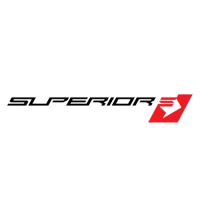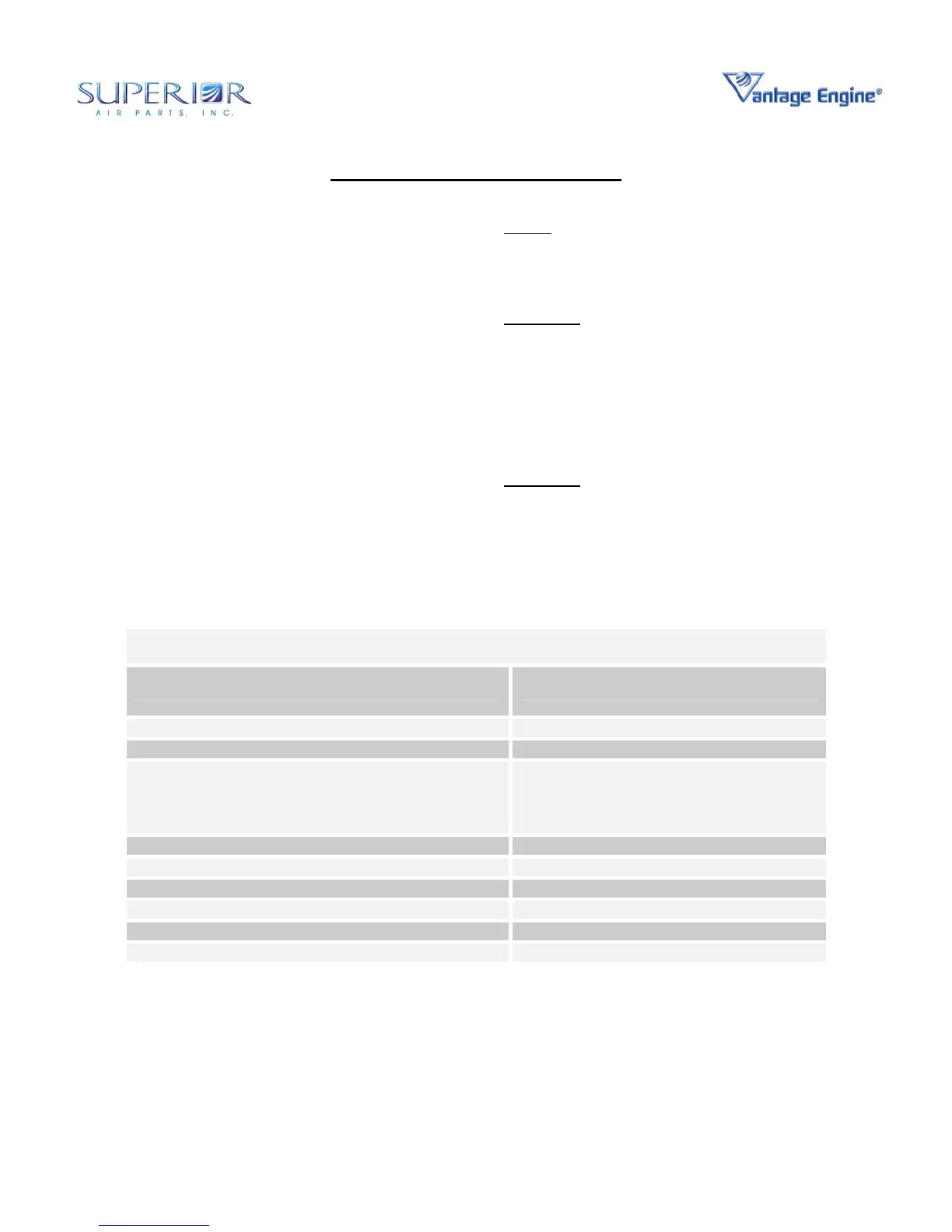Overhaul Manual
O-360 and IO-360 Series Engines
PRESERVATION AND STORAGE
General
There is no practical procedure that will ensure
corrosion prevention on installed aircraft
engines. Geographical locations, season and
usage all influence the degree of corrosion. The
owner/operator is responsible for recognizing
the conditions that are conducive to corrosion
and for taking appropriate precautions.
Corrosion can occur in engines that are flown
only occasionally, regardless of geographical
location. In coastal areas and areas of high
humidity, corrosion can occur in as little as a few
days. The best method for reducing the likely
hood of corrosion is to fly the aircraft at least
once every week for a minimum of one hour.
NOTE:
Corrosion may reduce engine service
life. Primary wear concerns are
cylinders, piston rings, camshaft and
lifters.
WARNING
: HOT OIL MAY CAUSE BURNS TO
EYES AND SKIN. PUT ON SPLASH
GOGGLES AND INSULATED GLOVES, AND
OTHER PROTECTIVE GEAR. IN CASE OF
EYE CONTACT, FLUSH WITH WATER FOR
15 MINUTES AND SEEK MEDICAL
ATTENTION. IN CASE OF SKIN CONTACT,
WASH WITH SOAP AND WATER.
WARNING
: ENGINE OIL IS HAZARDOUS
AND MAY CAUSE INJURY TO SKIN AND
EYES. PUT ON PERSONNEL PROTECTIVE
GEAR.
Table 72-00-12.1 • Storage Materials
NOMENCLATURE VENDOR
Preservative Oil MIL-C-6529 Type II, or equivalent Commercially Available
Preservative Oil MIL-L-46002, Grade 1, or equivalent Commercially Available
Cortec VpCI-326 Preservative Oil Concentrate, or
equivalent
Cortec Corp.
4119 White Bear Pkwy
St. Paul, MN 55510
612-429-1100
Preservative Oil Mil-C-16173 Grade 2, or equivalent Commercially Available
Dehydrator plugs, AN4062-1 or MS27215-2 Commercially Available
Covers, as required Commercially Available
Moisture Resistant Caps Commercially Available
Moisture Resistant Tape Commercially Available
1
© March 2005 Superior Air Parts Inc.
72-00-12
Preservation and Storage

